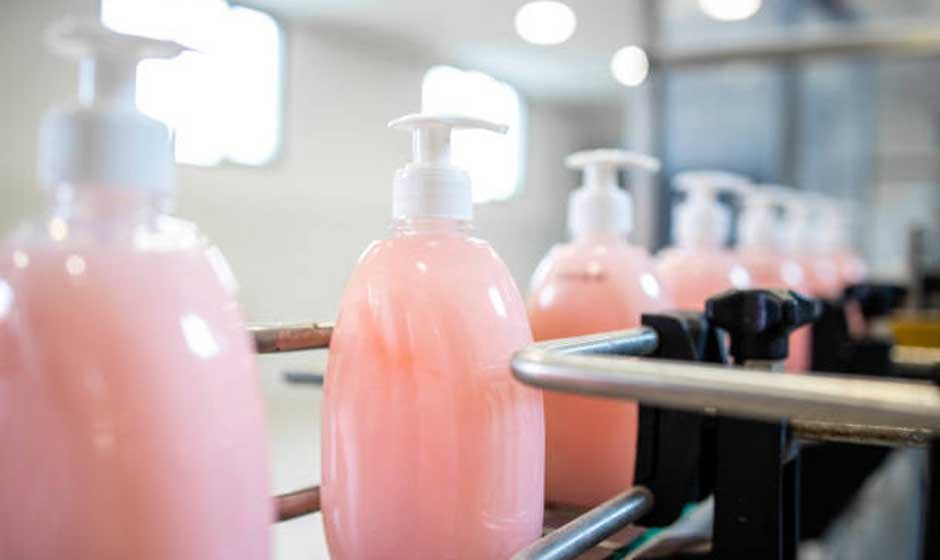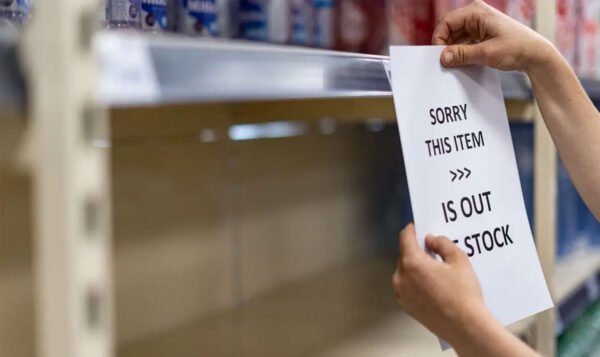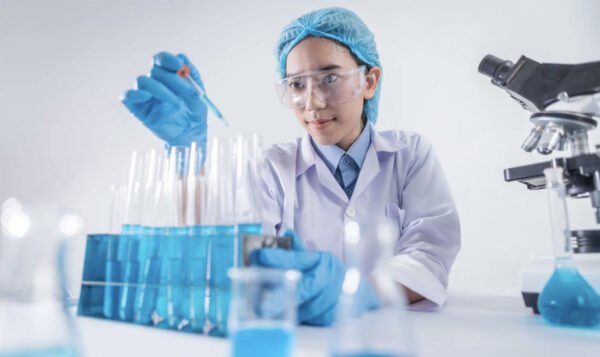From Factory to Shower Bottle: How Shampoo Is Produced

Shampoo may seem simple—a fragrant gel in a plastic bottle—but its trip from factory floor to shower caddy is a carefully choreographed series of chemical and mechanical steps. By tracing that path, we discover the precision, safety checks, and engineering miracles hidden behind every satisfying lather. This tour underlines how consumer trust hinges on invisible decisions made before the cap is twisted open.
Harvesting the Base Ingredients
Production starts with surfactants, soap-like agents often derived from coconut or palm kernels. Workers warm the dense pastes in steam-jacketed kettles, slowly adding de-ionized water until the mixture reaches a target viscosity.
Emollients such as glycerin and panthenol follow, along with citric acid to hold the pH near a scalp-friendly 5.5. Natural thickeners—often tiny cellulose fibers—lend body without relying on synthetic waxes. Because stray minerals turn clear shampoo cloudy, in-line filters capture particles larger than five microns before the blend moves on.
Blending the Active Formula
High-shear mixers then fold in performance enhancers. Foam stabilizers trap air so bubbles last, while cationic polymers cling to hair for smooth comb-outs and static control. A separate dosing manifold injects fragrance oils at temperatures below 40 °C to preserve delicate top notes, and colorants dissolve in food-grade glycol for streak-free dispersion.
Operators log torque curves and batch times in digital records; a sudden spike can signal an air pocket or temperature drift that would later change how the shampoo pours in your palm.
Quality Assurance and Safety Checks
Before bulk transfer, technicians pull samples for a battery of tests. Viscometers confirm flow, refractometers measure moisture, and microbiology plates incubate to prove the preservative system blocks bacteria, yeast, and mold. If any metric strays outside spec, the tank pauses for adjustment rather than risk consumer irritation or product spoilage.
Automated spectrophotometers also verify the signature tint stays within two delta-E units, ensuring every peach-colored bottle on the shelf looks identical, batch after batch.
Filling, Sealing, and Labeling
After sign-off, the finished slurry enters the packaging hall, where positive displacement pumps feed a bank of stainless nozzles that drop precise 300-milliliter shots into bottles gliding along a conveyor. Rotary cappers spin on tamper-evident lids, and laser coders etch lot numbers for full traceability.
Vision sensors catch crooked caps, while robotic arms case-pack the product into cartons made from recycled board before pallets are stretch-wrapped for shipment. Finally, warehouse scanners log temperature and humidity to guarantee the formula remains stable during transit to distribution centers.
Conclusion
From sourcing tropical oils to inspecting the final seal, shampoo manufacturing balances artistry and engineering. The next time you squeeze a dollop into your hair, remember that hundreds of tiny, measured decisions—each tested, logged, and verified—stand behind that fresh, foamy splash. That diligence is why a bottle can sit for months on a shelf yet feel salon-fresh the moment you open it.



